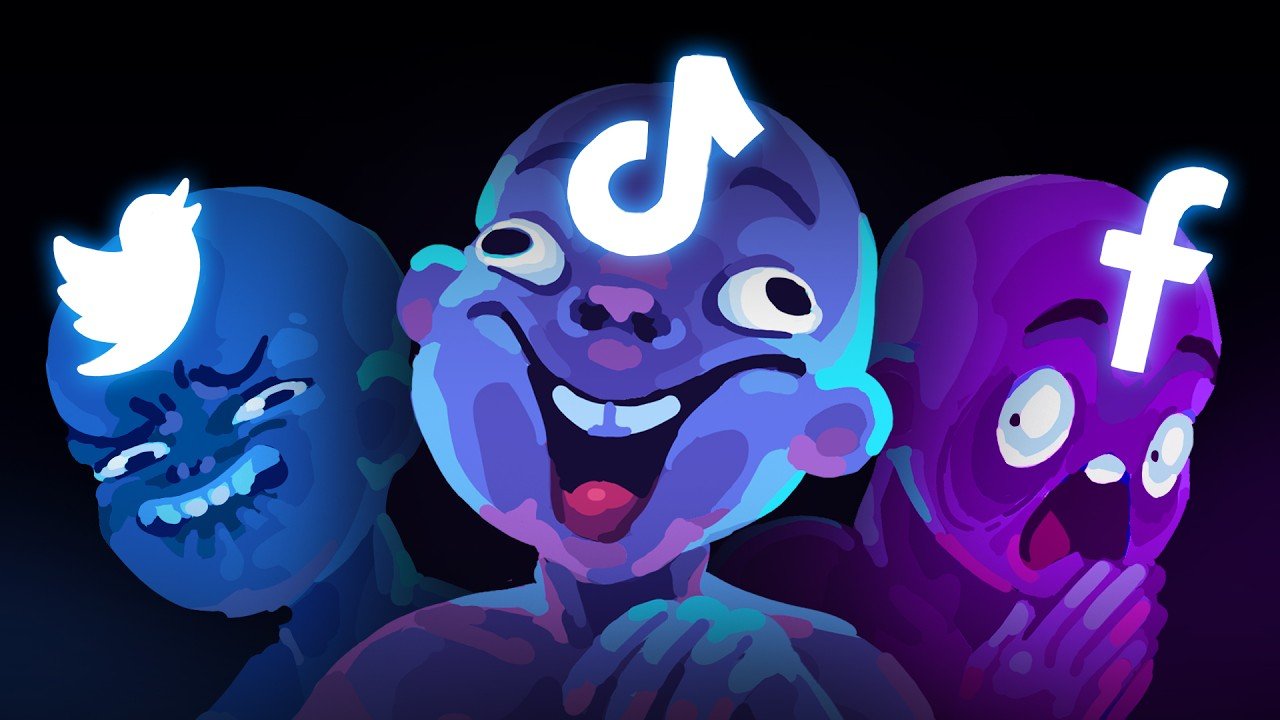Explore dead social networks like Friendster, Vine, and Orkut. Learn why these once-popular platforms failed and how social media has evolved.
The digital world relies heavily on social networks which control human interaction patterns together with information exchange methods. Every social media platform cannot sustain existence across time. The popularity of numerous social networking services faded to total unrecognizability or complete shutdown of their platforms.
The article investigates the historical presence of terminated social networking platforms beginning with the originator Six Degrees and continuing through Friendster and Myspace and ending with Vine. The following discussion takes a fascinating look at the failed platforms of social media explaining their reasons for closure while identifying their remaining lessons.
Table of Contents
A Brief History of Social Networking Services
Social networking systems have experienced substantial growth during the last half century. The internet world welcomed its initial social network when Six Degrees appeared in 1996 and enabled people to create profiles and establish connections with friends and relatives.
Greater social media platforms including Friendster and Myspace and Facebook appeared over time to develop what we recognize now as the present-day social media structure.
Six Degrees: The First Social Network
Six Degrees functions as the initial commercial social media network which came into existence when Andrew Weinreich established it. In 1996 Six Degrees started operating as the first social media platform where users developed profiles and connected friends for text communication and bulletin board messaging.
Its user base remained unstable before Facebook Inc. officially discontinued its operations in 2001.
Friendster: dead social networks Pioneer That Faded Away
When it debuted in 2002 Friendster managed to achieve rapid success by turning into leading dead social networks. Through its platform users could make profiles and establish connections with their friends while sharing their uploaded materials.
Despite technical problems along with extended loading times and the arrival of rivals Facebook and Twitter Friendster became obsolete. Friendster underwent a rebranding phase to social gaming during 2011 before it officially ceased operations.
Myspace: The Rise and Fall of a Social Media Giant
Myspace rose to domination in the social media realm during 2003 before Facebook gained control of the market. Through Myspace users accessed music while they altered their profiles and interfaced with musicians.
Myspace started losing its users as Facebook and Instagram gained user popularity from their marketplace. The social platform made numerous attempts at reviving itself but permanently lost its prime position in the market.
Also read: Best safe money App
The Video App Known as Vine Struggled to Sustain Itself in the Market
The video application Vine entered the market as a short video platform during 2012. Users on this platform could share brief looping videos that rapidly turned into a social movement.
The better video capabilities that Instagram and TikTok added to their platforms led to Vine losing its user base. Twitter officially terminated the platform in 2017 after it lost its position as a popular social network.
Yik Yak: A Failed Attempt at Anonymous Social Networking
YikYak provided users with a platform to post anonymous messages that operated through geographic area detection. The service began operations in 2013 before it rose to prominence among college students. The closure of Yik Yak in 2017 resulted from escalating cases of cyberbullying alongside dropping user interest.
The Social Network Experiment of Google Buzz Turned Out to Be Short-Lived
The internet giant Google released Google Buzz hoping to seize market share from both Facebook and Twitter during its development period.
This service entered the market during 2010 by providing users with an interface between Gmail and the ability to share updates. The service experienced a shutdown during 2011 because users maintained privacy issues combined with declining activity numbers.
During its launch phase Google operated the social networking platform Orkut while targeting Brazilian and Indian users until its closure in 2014.
Orkut became popular worldwide in 2004 by focusing primarily on Brazil and India among other nations. Its shutdown came in 2014 because of Facebook competition and poor innovation.
AOL Instant Messenger: The End of an Era
AOL Instant Messenger (AIM) was one of the earliest messaging and bulletin boards services. It played a crucial role in early digital communication but lost relevance as social media platforms like Facebook and Twitter took over. AIM was officially shut down in 2017.
The Evolution of Social Media and Future Trends
Dead social networks infrastructure underwent significant changes during past years as YouTube and Facebook together with Twitter expanded into worldwide social media empires. Social media users exhibit ongoing preference changes that led to the emergence of platforms like TikTok and Snapchat. Future social media networks could enter the market as existing networks could potentially disappear from public view by 2025.
Conclusion:
Dead social networks such as Friendster, Vine and Orkut became extinct due to the quick transformation of the digital space. These platforms prospered previously until user behavior shifts produced market competition and new technological possibilities which led to their disappearing into history.
The experiences of past networks serve as important lessons which demonstrate how prevalent services need to develop constantly to survive in the social media economy.
